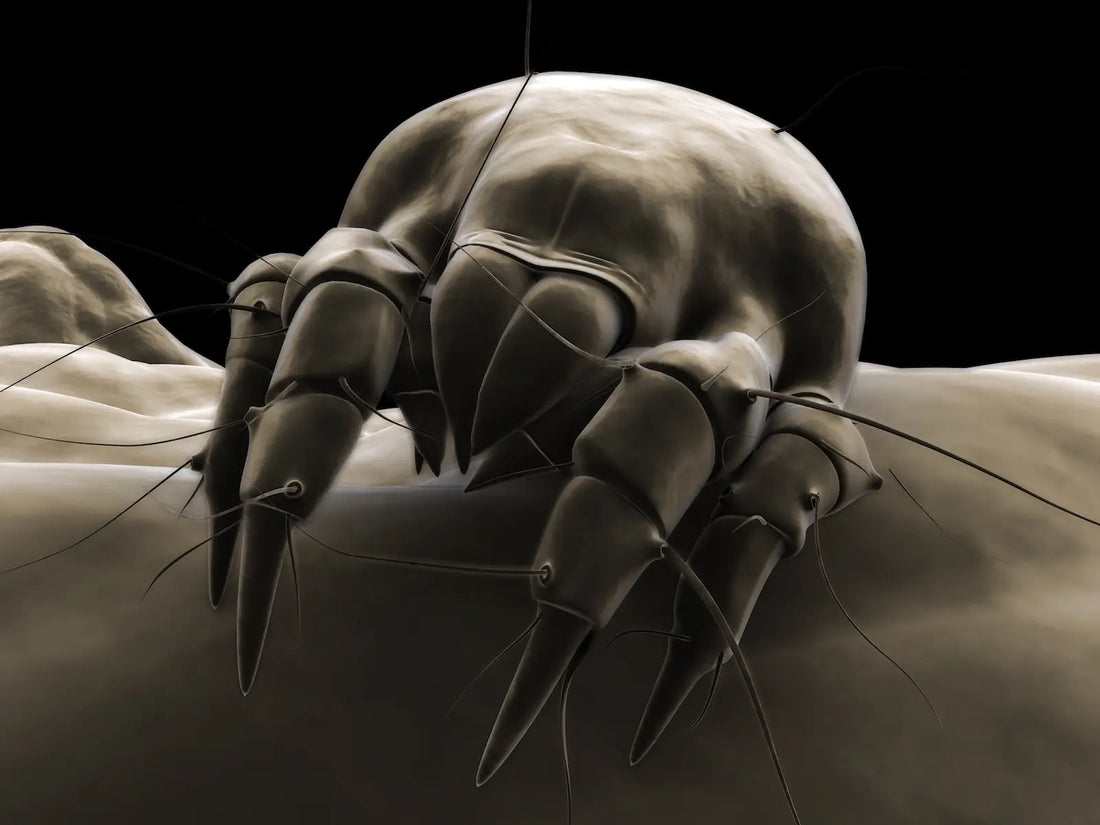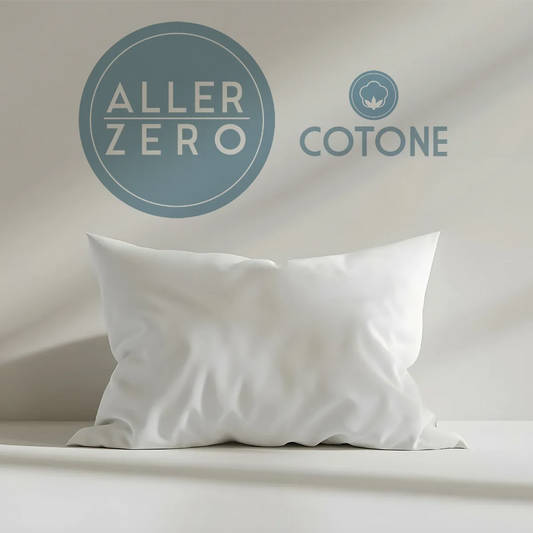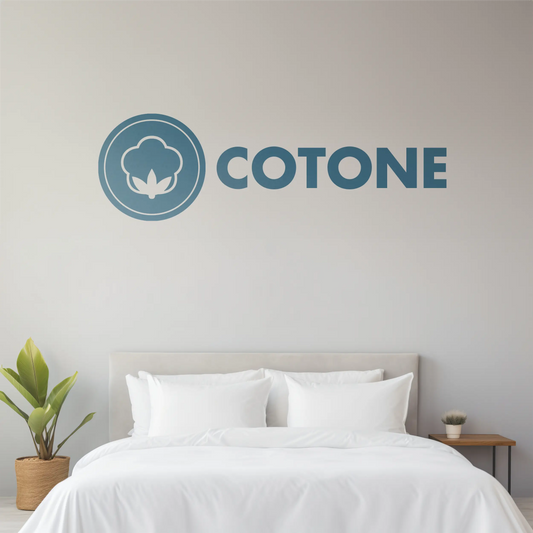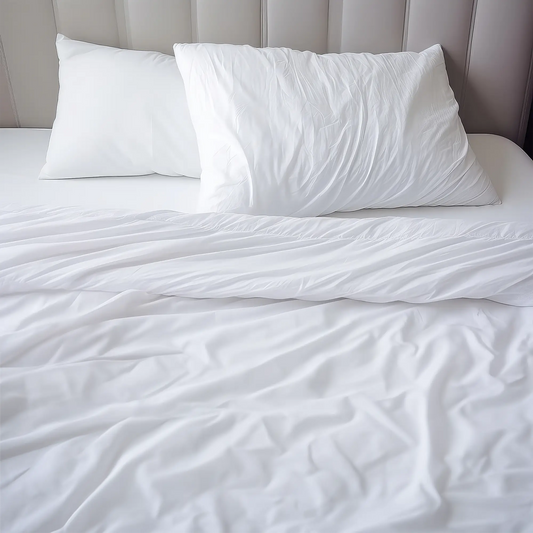One of the most common allergens is that of the dust mite (its faecal particles, on average 2,000 in the life of a mite), responsible for allergic-type pathologies.
The allergic reaction, caused by inhalation of these allergens, can manifest itself with symptoms especially in the respiratory system, but not only in the respiratory system.
The manifestation of dust mite allergy can be mild or severe.
Mild, but no less annoying, symptoms may include nasal obstruction, sneezing (in rapid succession), runny nose, watery eyes, redness, itching, swelling and irritation of the eyes, itching of the nose, palate or throat, up to bronchial asthma, allergic rhinitis, atopic dermatitis and skin eczema.
Our homes are the ideal habitat for the development of dust mites which feed on dandruff and flaking skin of humans and animals.
Mites avoid light and nest especially in mattresses and pillows, where it is easier for them to feed, protect themselves and stay warm with the right humidity thanks to their proximity to our body.
They feed mainly on human and animal flakes, dandruff, and hair. Modern homes create a warm and humid microclimate, ideal for their proliferation. The life cycle of mites is approximately 6/8 weeks, females begin to lay eggs 2/3 weeks after their birth and lay approximately 100 before dying. It is easy to understand how exponential their expansion is.
Dust mite allergy is one of the most common allergic forms. They are responsible for approximately 75% of respiratory allergies and can cause problems at any time of the year.
There is a correlation between allergies and dermatitis: the skin barrier of the subject with Atopic Dermatitis is damaged and allows allergens to easily enter our body. The possibility of developing allergic diseases in subjects with dermatitis is 3 to 6 times greater. It is therefore very important to restore the correct functioning of the skin barrier also to prevent the appearance of allergies.

- Cover pillows, mattresses and duvets with anti-mite
- Wash sheets once a week at 60°C.
- Prefer a bed base with wooden slats.
- Cover wool blankets and duvets, both synthetic and non-synthetic, with anti-mite bed linen.
- Remove rugs and carpets from the bedroom and other rooms.
- Maintain an ambient temperature between 19 and 21°C (16° and 18°C in bedrooms) and a relative air humidity that does not exceed 50%.
- When cleaning the house, avoid using brooms and dusters, which raise dust without effectively eliminating it.
- Prefer vacuum cleaners with water or high efficiency filters (HEPA filter) and wipe frequently with a damp cloth.
- For the bedroom, prefer simple and easy-to-clean furnishings and avoid classic upholstery.
- Replace plush toys with wooden, metal or plastic toys so that they are easily cleanable.
- Not smoking! Passive and active smoking increases the risk of allergic diseases by 2-3 times.





